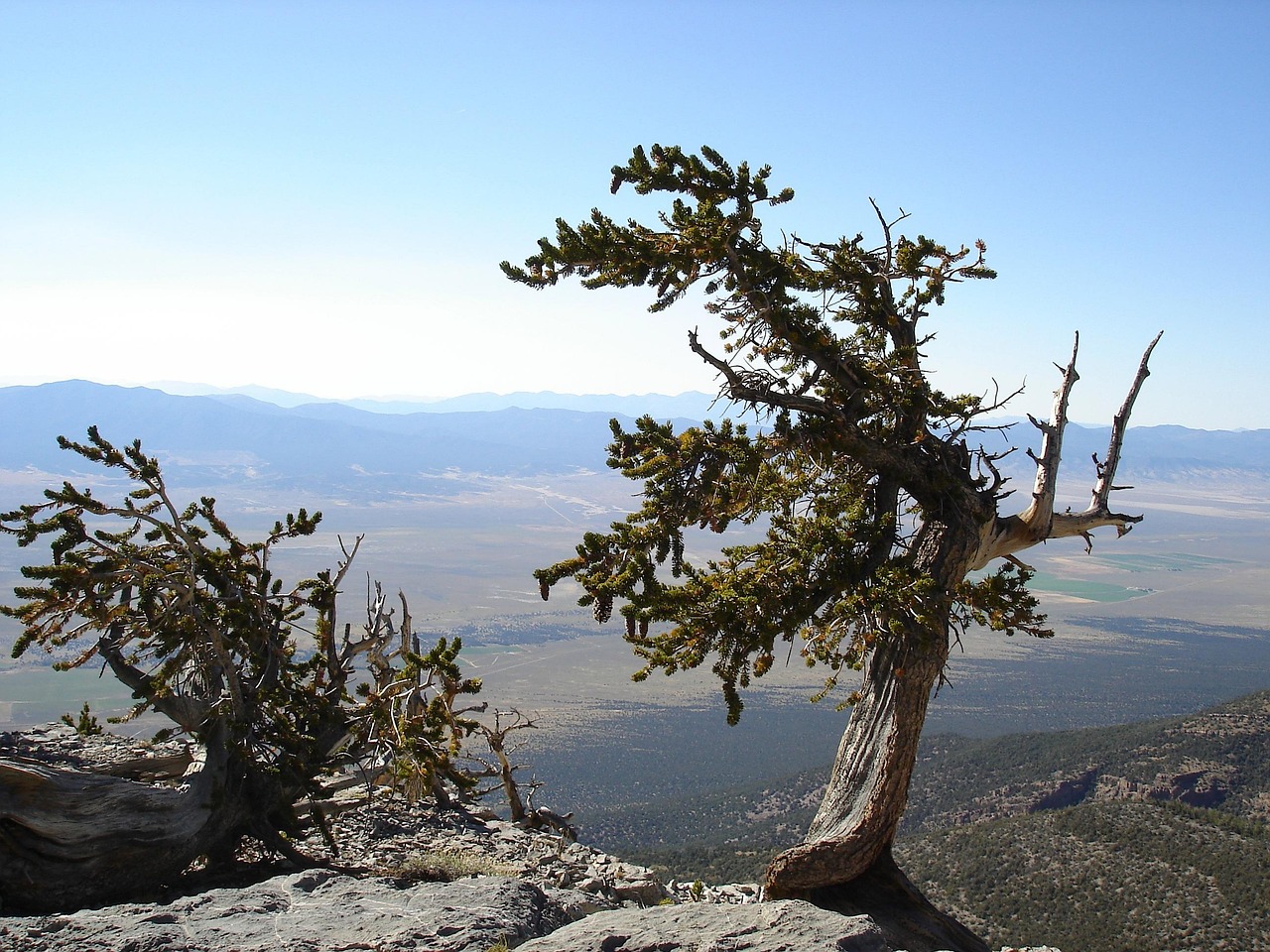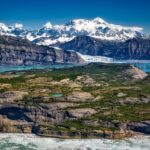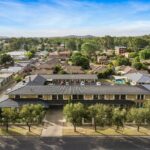Quick Bits:
Great Basin National Park stands in quiet contrast to the crowded giants of the American park system. Located in White Pine County, Nevada, this untouched wilderness offers stunning elevation changes, a mix of rugged terrain, and rare natural wonders. This park is not only a haven for adventurers but also a living museum of geology, biology, and astronomy. Its name reflects the vast region of internal drainage basins that span across the western United States.
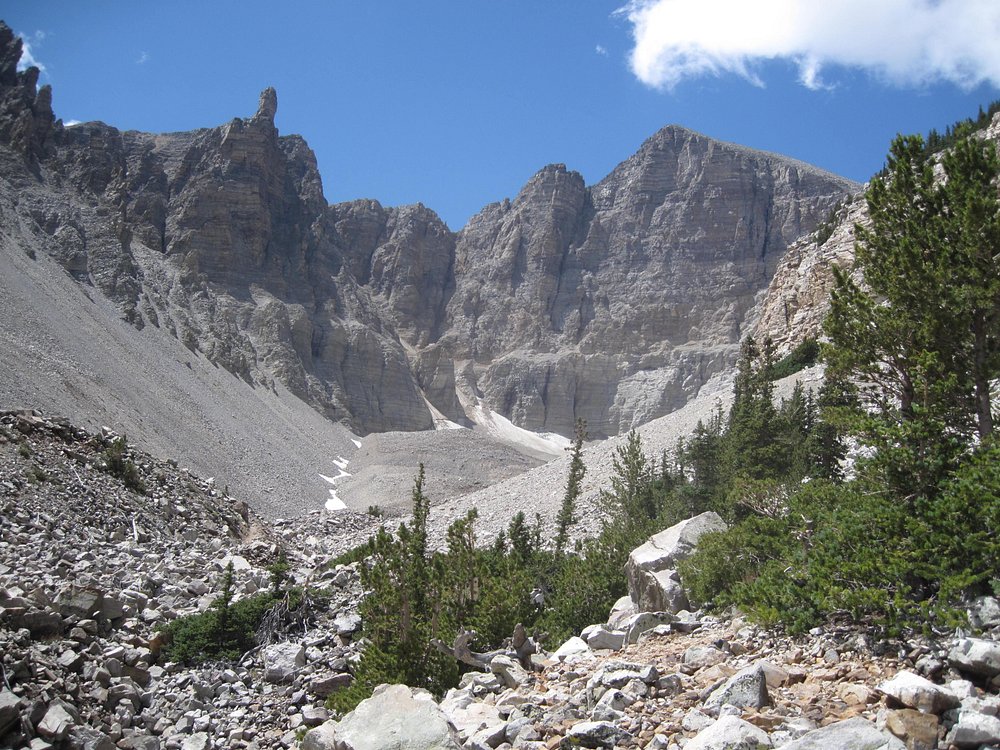
Image by: CBinLagHills – Via Tripadvisor
Key Highlights
- Wheeler Peak: Second-highest peak in Nevada, towering at 13,065 feet
-
Lehman Caves: Intricate marble cave system filled with rare cave formations
-
Bristlecone Pines: Among the oldest living organisms on Earth
-
Stargazing: International Dark Sky Park status
-
Baker Creek and Alpine Lakes: Trails leading through dense forests to alpine lakes.
General Information
Great Basin National Park spans over 77,000 acres. It sits near the Utah border, about 300 miles north of Las Vegas. The nearest town is Baker, a small but welcoming spot with lodges and supply stops.
The park was established in 1986, though Lehman Caves had already been protected since 1922. The park takes its name from the Great Basin Desert, a region defined not by sand dunes, but by sagebrush valleys and snow-capped mountain ranges.
There are no entrance fees. The park offers multiple campgrounds, ranger-led tours, and well-maintained visitor centers. For those who want to venture deeper, wilderness permits open the door to backcountry camping.
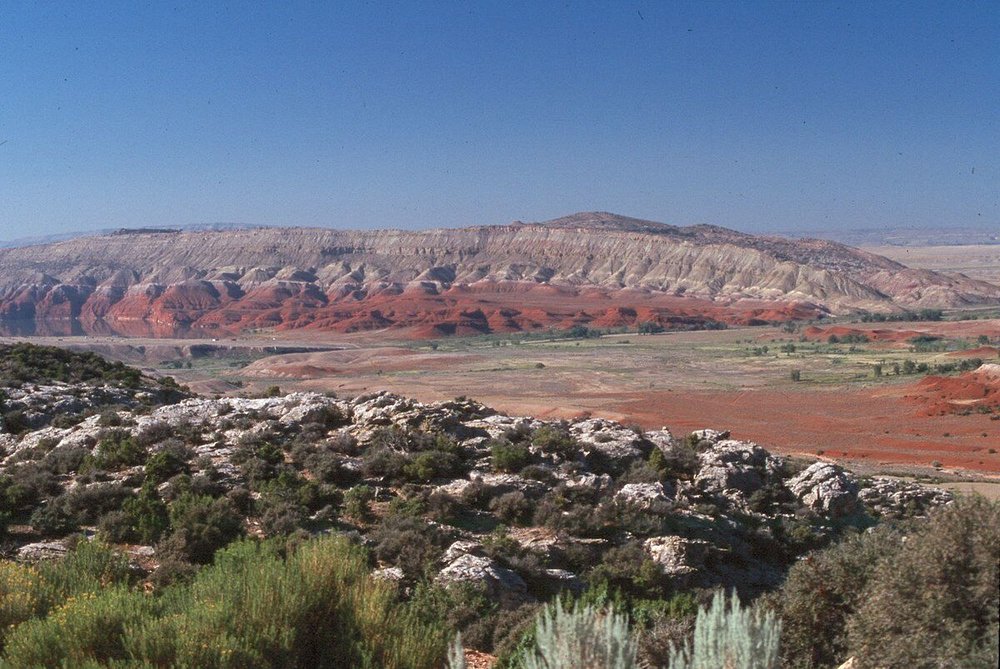
Image by: Nat_Attack2012 – Via Tripadvisor
Geography Information
What sets Great Basin apart is its striking vertical diversity. From 5,000 to over 13,000 feet, the landscape transforms dramatically.
-
Lowland desert: Dominated by sagebrush and grasses
-
Mid-elevations: Thick groves of pinyon and juniper
-
High alpine: Towering spruce, glacial cirques, and snow-fed lakes
The park is part of the Basin and Range Province. This geologic region is defined by narrow mountain chains and broad desert valleys. Over millions of years, tectonic stretching created this pattern, exposing a rich mosaic of rocks and minerals.
Among the highlights are ancient moraines, fossil-rich limestone, and granite outcrops. Caves form from weak carbonic acid dissolving marble, shaping the wonder that is Lehman Caves.
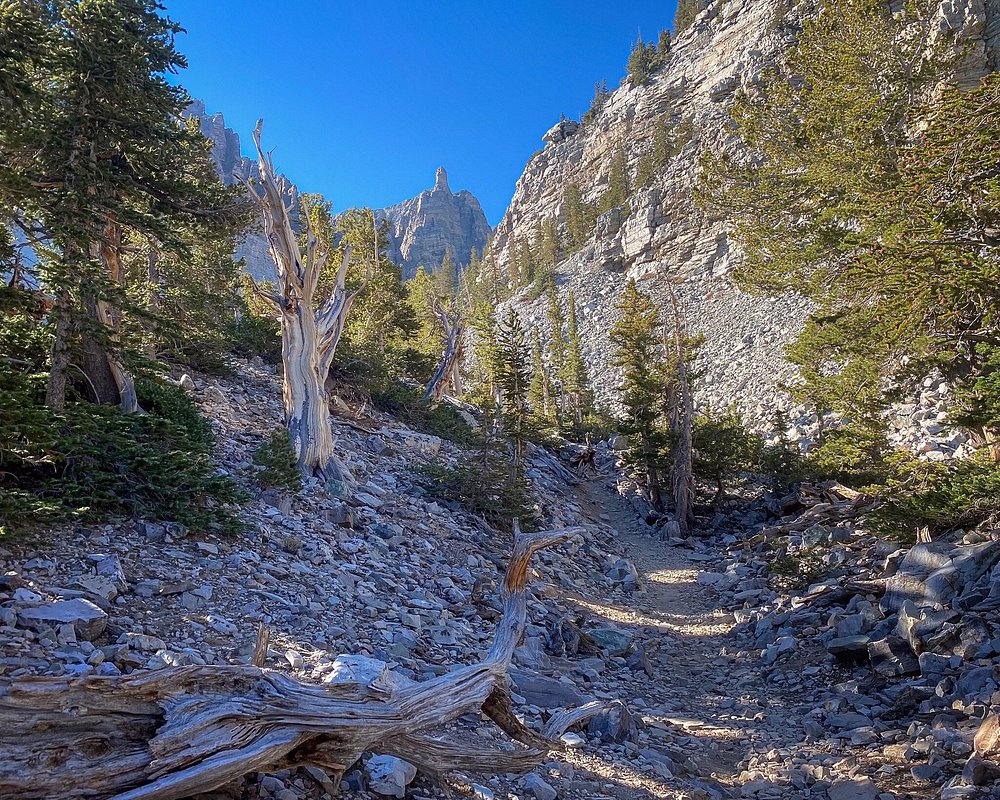
Image by: WIBYRIC – Via Tripadvisor
Places to Visit
Lehman Caves
Carved into marble, this subterranean world holds shield formations found in few other places on Earth. Guided tours explore its narrow passages and cathedral-like rooms.
Wheeler Peak
Rising above tree line, Wheeler Peak dominates the skyline. The trailhead begins at 10,000 feet. In summer, the peak trail offers sweeping views of the Snake Range and beyond.
Alpine Lakes Loop
A moderate trail that winds past Stella and Teresa Lakes. Expect wildflowers, wildlife, and the echo of silence.
Bristlecone Pine Grove
These trees have stood for over 4,000 years. Their twisted, resin-coated limbs survive high winds and brutal winters.
Lexington Arch
A six-story limestone arch hidden deep in the park’s southern region. Access requires a high-clearance vehicle and a bit of determination.
Baker Creek Trails
Less crowded than Wheeler Peak’s routes, this network offers access to multiple summits, streams, and serene forest clearings.
Astronomy Programs
With almost zero light pollution, the night sky unfolds like a storybook. Park rangers host star parties and telescope events from spring through fall.
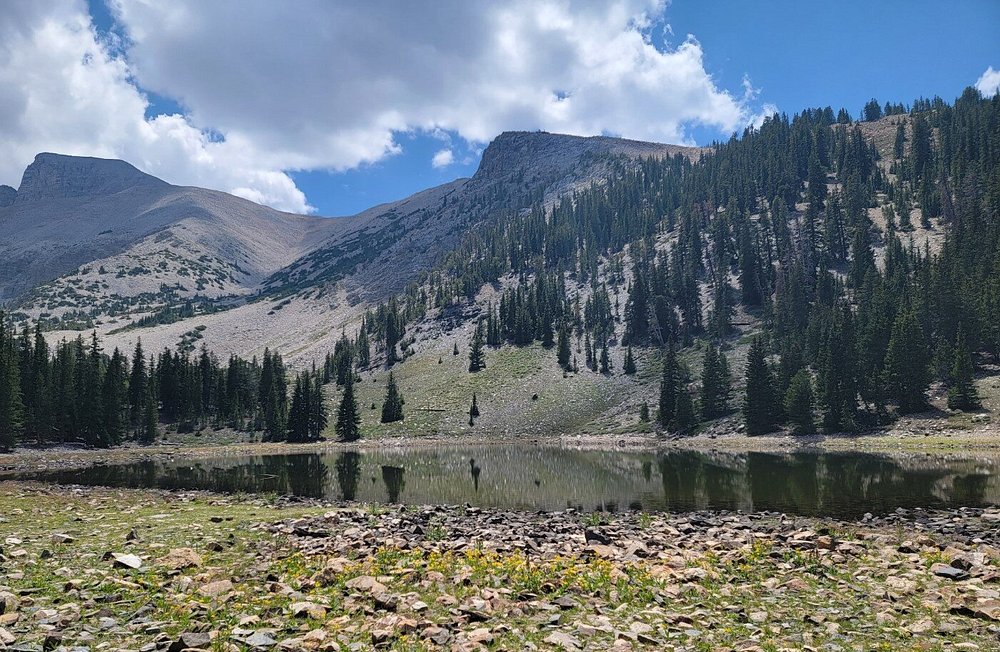
Image by: Eric – Via Tripadvisor
Yearly Climate
The climate swings between high desert and alpine. Weather changes fast, especially with altitude.
-
Winter (Dec–Feb): Snow blankets higher elevations. Temperatures dip below freezing. Roads to Wheeler Peak close.
-
Spring (Mar–May): Melting snow opens lower trails. Wildflowers emerge. Cold nights persist.
-
Summer (Jun–Aug): Daytime highs in the 80s°F at lower levels, cooler at elevation. Ideal for hiking and camping.
-
Fall (Sep–Nov): Crisp air and golden aspens. Reduced crowds. First snowfalls at higher levels by October.
Rainfall is sparse but comes mostly through summer storms. Lightning can be a hazard on exposed trails.
Best Time of Year to Visit
Late spring through early fall offers the widest access to park features. June to September opens up Wheeler Peak Scenic Drive and high-altitude trails. This is also the prime window for cave tours and astronomy programs.
Autumn paints the slopes with fiery hues and brings peace to the valleys. For solitude and cooler hikes, September is ideal.
Avoid mid-winter unless snowshoeing or cross-country skiing is the goal. Deep snow closes many paths, but beauty remains year-round.
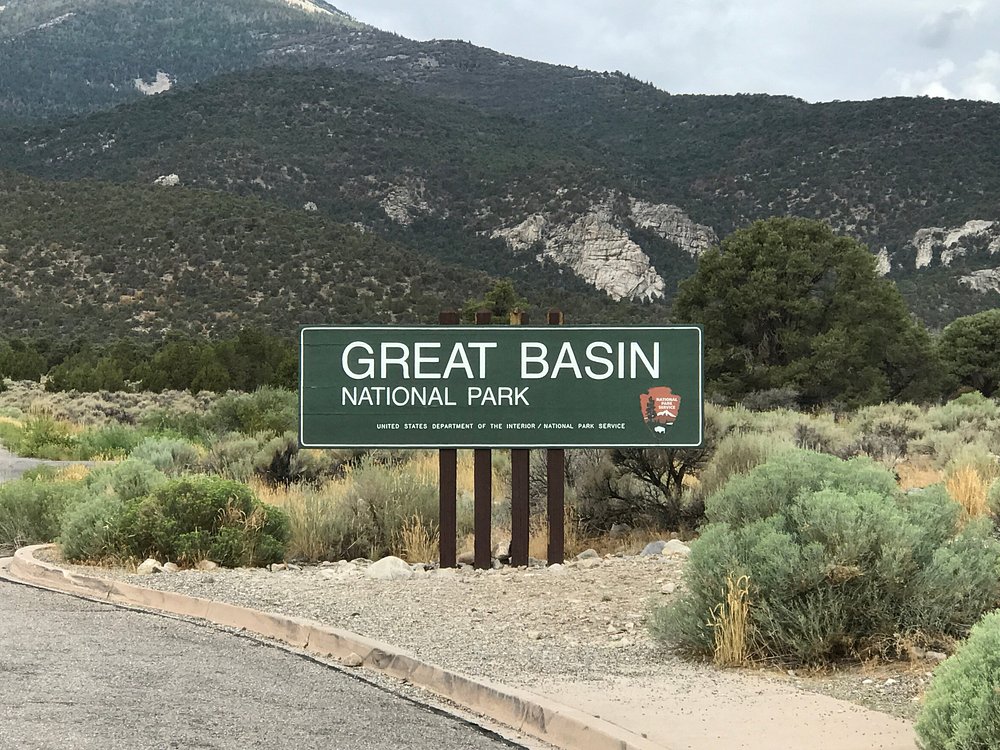
Image by: Bill K – Via Tripadvisor
In Summary…
Great Basin National Park is one of the last truly wild places in the lower 48. It blends isolation with majesty, offering alpine lakes, ancient trees, and starlit skies. It rewards those willing to step off the highway and into the unknown. Whether chasing the summit of Wheeler Peak, wandering into Lehman Caves, or simply listening to wind sweep across the pines, the park offers depth for every soul.

